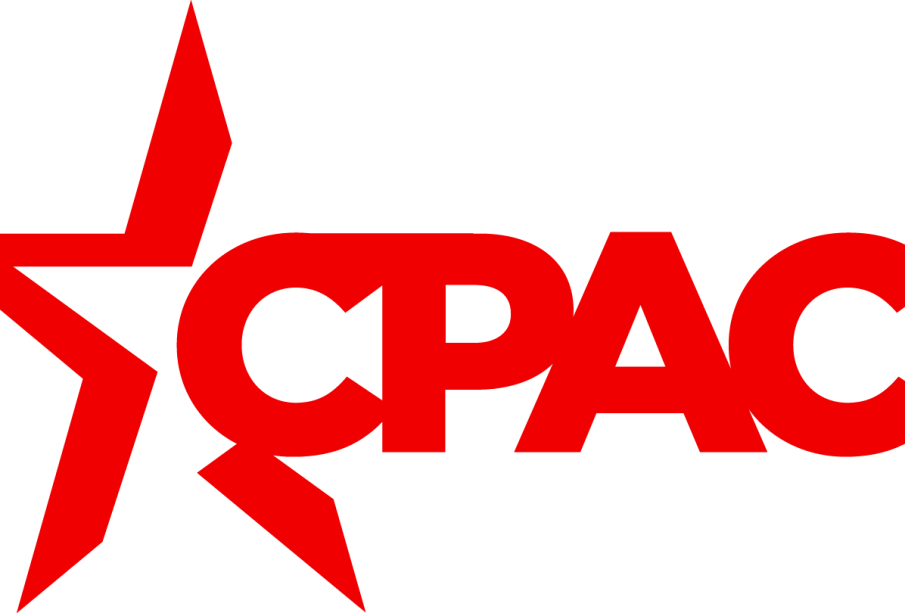What is CPAC Meaning and Its Importance in Canada?

Introduction to CPAC
The term CPAC stands for the Cable Public Affairs Channel, a vital component of Canada’s media landscape. Established in 1992, CPAC plays a crucial role in disseminating information about Canadian politics, public affairs, and key issues that affect citizens across the country. Understanding its meaning and function is essential, especially in an era where media consumption deeply influences public opinion and civic engagement.
Features and Programming of CPAC
CPAC is known for offering live coverage of the House of Commons and Senate proceedings, committee meetings, and major political events. It serves as a non-partisan outlet where Canadians can access unfiltered government and legislative activities. The channel also produces a variety of programming, including documentary series that explore historical and contemporary political issues and community debates that allow citizens to engage in civic discussions. This programming helps enhance transparency in the political process and fosters a more informed public.
Impact on Canadian Society
CPAC’s relevance extends beyond just coverage; it prides itself on being a platform promoting democratic engagement among Canadians. By providing comprehensive insights into government workings, CPAC plays an instrumental role in encouraging viewer participation in the democratic process. This engagement is increasingly necessary as young people and marginalized communities seek to have their voices heard. In addition, CPAC has embraced digital innovation, allowing for a broader audience through its online streaming services, thus further ensuring that information is accessible to all Canadians.
The Future of CPAC
As the political landscape continues to evolve, CPAC will likely face challenges related to digital media consumption and the shift in how information is consumed. Nonetheless, its significance within Canadian society remains strong. With ongoing developments in technology and media, CPAC aims to adapt while holding true to its mission of raising awareness and fostering informed dialogue.
Conclusion
In summary, the meaning of CPAC encapsulates much more than just a cable channel; it embodies a commitment to transparency, informed citizenship, and active participation in the democratic process. In a world where access to information is critical for civic engagement, understanding CPAC and its role is increasingly relevant for all Canadians. As we look to the future, CPAC’s ability to reach and educate its audience will play a vital role in shaping an informed electorate.









